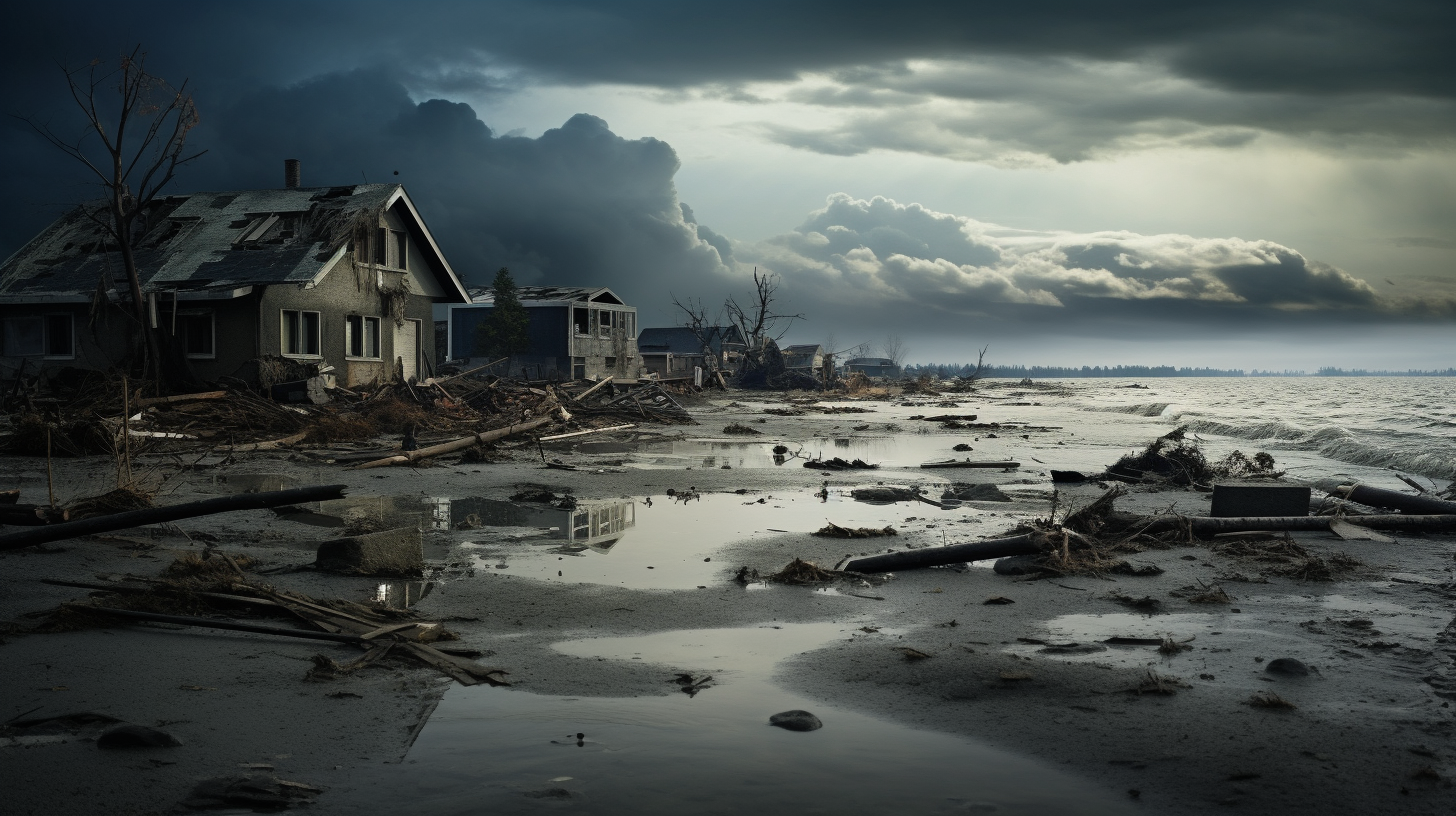As the capricious waves lash at what was once hallowed ground, the inexorable force of nature continues to mock the sandcastles of our complacency. Shedding the tranquility of their ancestral homes and leaving the corpses of drowned memories behind, an endless procession marches. They wander, not as tourists to the harrowing beaches they once loved, but as unwilling participants in humanity’s most somber parade – the tide of climate refugees.
Our shorelines, the same that have cradled civilizations, are now in a relentless retreat, clawing back the land from whence it came. Amidst this unfolding drama of loss and displacement, a new social phenomenon has surged to the forefront of our collective consciousness – a demographic shift so profound that it anchors itself as the signature tragedy of our epoch.
Every shore withdrawal marks a family’s exodus; every eroded beach documents the fracture of a community. The scale of displacement we are witnessing today is unprecedented, and it is not an anomaly but a trend that foretells a more jarring prophecy of tomorrow. It is not mere water that encroaches upon the doorsteps of those who once praised the sea’s serene beauty but rather a metaphorical deluge of despair and uncertainty.
Documented within the ill-fated annals of recent history are cities, towns, villages – entire cultures – swallowed whole by a relentless entropic tide. They serve as solemn reminders and silent totems to a catastrophe clichéd in its predictability, yet striking in its impact. ‘For every inch the sea takes, society is shoved a yard into uncharted territories,’ notes Dr. Evan Morgeson, an environmental sociologist capturing the poignancy of the climate crisis.
And yet, these refugees of the rising tides do not find solace upon new shores. Instead, they are met with barbed wires of bureaucracy and the cold gaze of populations already grappling with their own existence under the specter of ecological breakdown. Their arrival reignites age-old debates on borders, identity, and the very notion of sanctuary. We observe historical parallels in a modern context, where once again, the masses are set adrift by forces beyond their control – economic, political, and now, environmental.
Within the lurid shadow of climate change, tales of resilience flicker dimly. Some refugees find a semblance of hope in makeshift communities that ring with a familiar, albeit discordant, chorus of adaptation. These are the ephemeral havens stitched together by the threads of human tenacity; places where ingenuity is born not from ambition but necessity. Resourcefulness becomes the currency of survival, and sustainability is practiced not as a trend but a lifeline.
Regrettably, the overarching narrative remains bleaker still. While few find a means to knit the frayed edges of their lives back together, many more stand at the precipice of oblivion, gazing into an abyss that reflects the hollowed-out dreams of security and posterity. Here, at the end of the world, the voice of progress lies silent, suffocated by the tide that washes over humanity’s stranded ambitions.
As our chronicle unfolds and the high watermark of displacement rises, the somber truth is laid bare: we dine on the bittersweet fruits of a planet scorned. “It is in the reflection of what we’ve lost that we recognize what was ignored,” laments cultural anthropologist Leigh Vanderbilt, capturing the essence of retrospective enlightenment that seems all but lost in the undercurrent of current affairs.
This tide of refugees, a dirge for the spirit of a world preluded by markers such as ‘Sinking Cities, Rising Despair’ and ‘Overpopulation equals Underwater,’ advances a fundamental question: Where does humanity anchor when our markers of civilization become submerged in the rising anguish of our neglected environment? The answer, it seems, lies in the hands of those scripting our tale, in the fading ink of a narrative that threatens to leave us all adrift, searching for the shore that might unite us against the encroaching depths.
